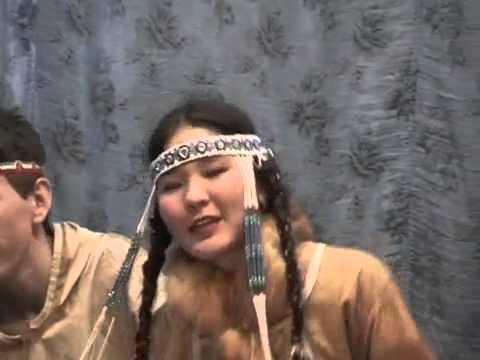That’s a tricky subject as words may be used differently depending on the context and their definitions may be quite different depending on the context and the language they’re used in. For instance, the daily use of cité now in (France) French is used for “problem housing estate”, or “ghetto”, due to urbanization and social history since WW2, while it was used earlier as a synonym of ville (“town”), and before that as the Latin term civitas, for an autonomous or important town, where the political and/or religious authorities had their seat–while “ville” comes from the latin name villa, meaning a farming estate.
However, I think the definition of “city” is not linked to the number of inhabitants, but to “urban functions”. Counter-example of villages with up to 10/15,000 inhabitants may be found for instance in Southern Italy or the Balkans (by memory), because they don’t have clear urban functions. Basically, they’re houses after houses after houses, even if there are a few prominent monuments, like churches.
On the contrary, cities are defined by “urban functions”, which give them a higher level in urban hierarchy:
- cultural functions (museum, theater, schools, stadium);
- administrative/political functions (from local authorities to the seat of government);
- finance functions (banks, stock exchange, insurances);
- economic functions (shops, business), etc.
So, depending on the significance of each function, you may see cities with less than 5,000 inhabitants, but with quite wide ranges if some people have to come from a long way to find there the services they need.
For instance, I’ve lived some time in a “local metropolis” (around 5,000 inhabitants), where people needed to come from up to 40km away to find a higher school or go to a movie theater. Clearly, this was not a village, even if this didn’t looked at all like Paris or a city in the German Ruhr.
This being said, what’s interesting with A.C. is that we should be able to see the passage during Neolithic from:
- villages (no urban functions, basically only a few houses either scattered over the city map or grouped due to circumstances);
- to nascent cities (not by the number of inhabitants, but if people come in to trade, practice their beliefs, meet the ruler for any reason…);
- to real cities and/or city-states, either during Neolithic or later for a Bronze Age DLC.
This would be done if the player manage to deal with a number of population issues (ressources, raids, illness…) and manage to turn a few houses into a major political/economical/cultural/religious center, along those same functions I detailed earlier and that may be adapted to Neolithic times:
- culture: a priest, a sacred place or sanctuary, a peculiar source or rock…
- economy: a marketplace where vessel may be traded for cheese or fish, a nice bow-marker…
- politics: the seat of the chieftain/big man, ruling maybe over a wider area than just the immediate surrounding and collecting “gifts” (or tributes) form surround settlements;
- protection (to avoid using “administrative”): in difficult circumstances, having a wooden enclosure over a hill should be a great boon to establish a significant authority over the surrounding area by offering protection, etc.
So, basically, what we see there is the very birth of cities, like the devs always stated when they presented A.C. And hopefully with upcoming DLCs we’ll be able to turn them into real city-states.



